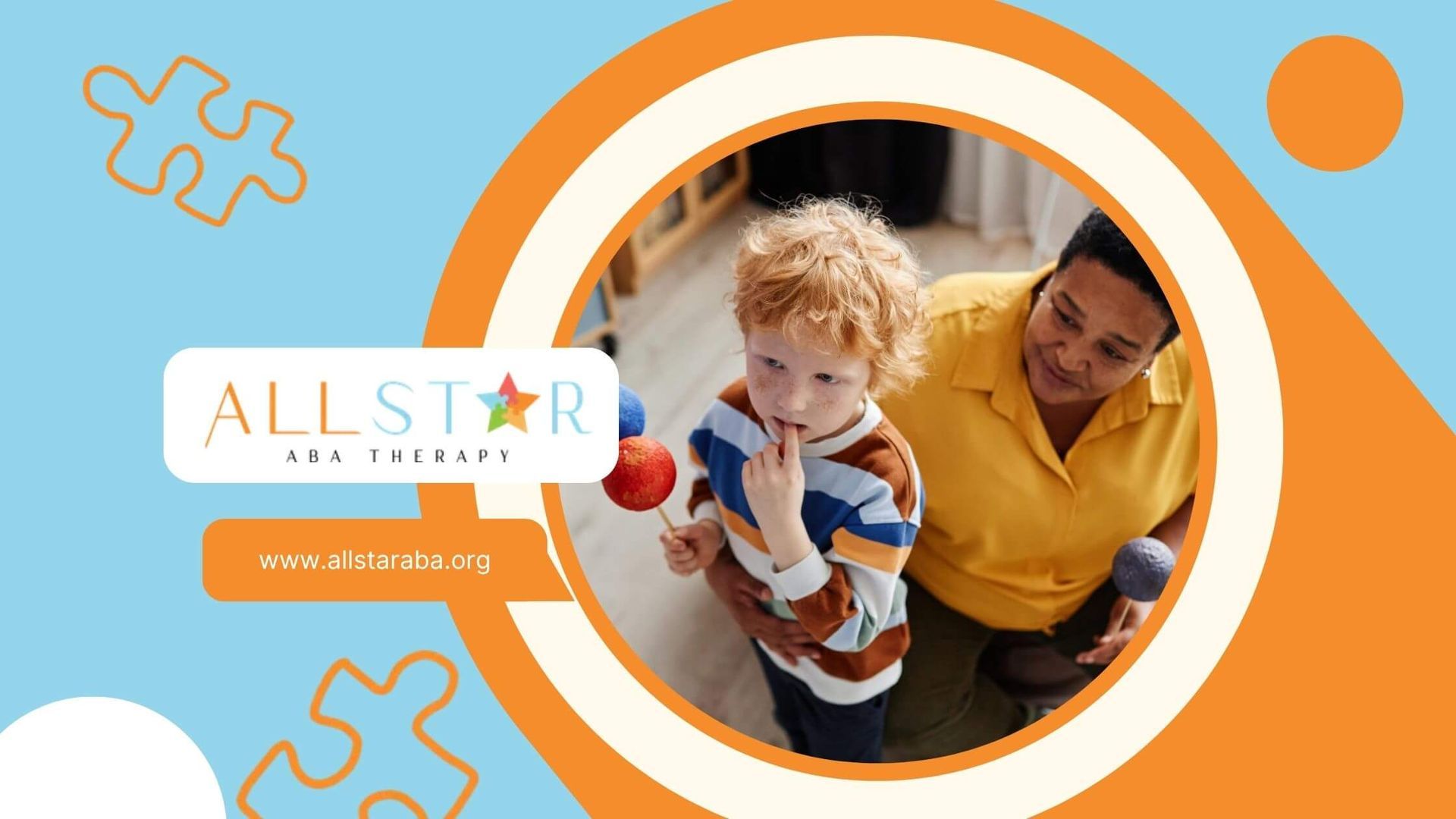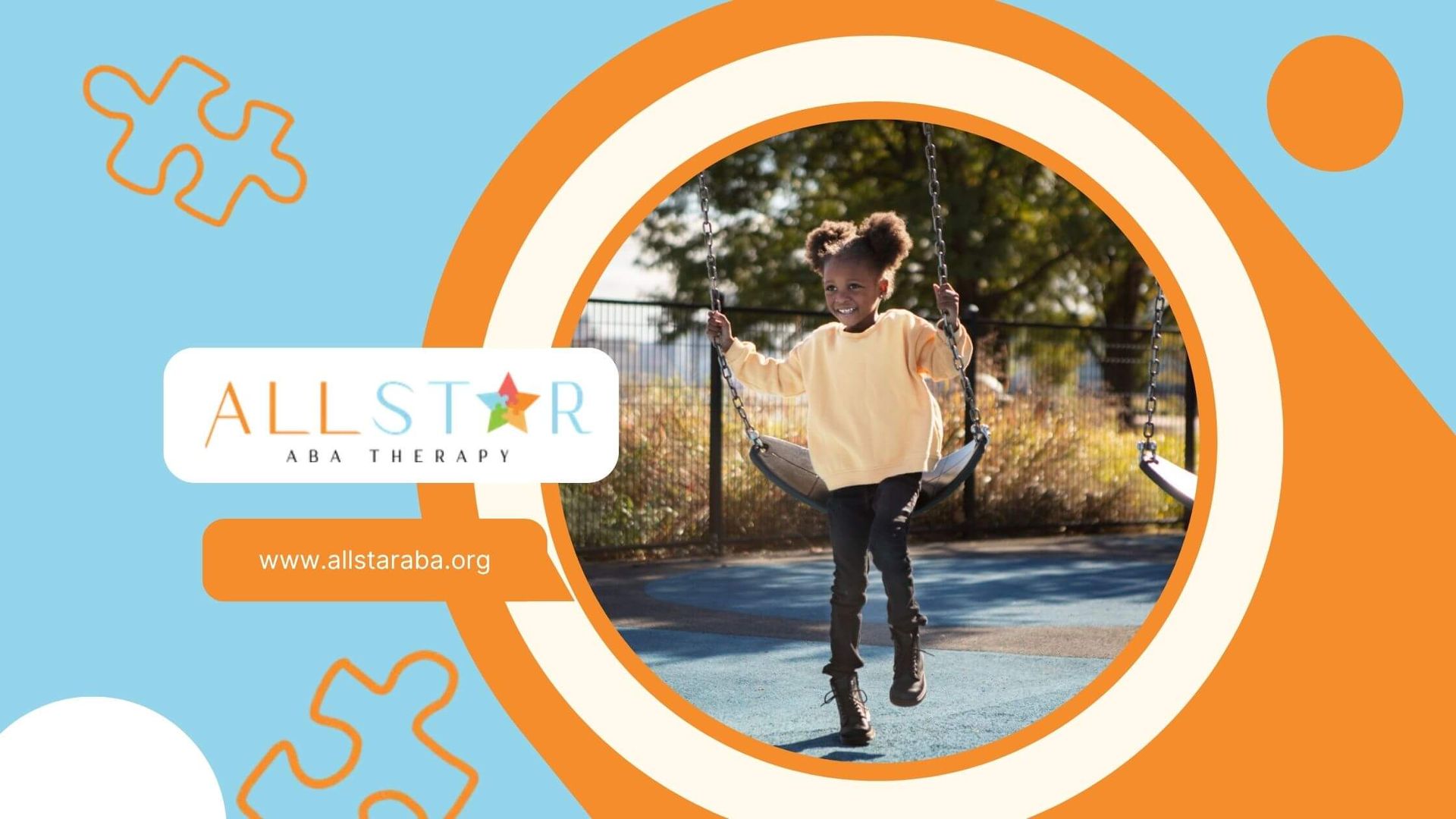New Paragraph
How ABA Can Make Your Child’s Daily Routine Less Stressful and More Successful
If you're like me, managing daily routines for a child with autism can sometimes feel overwhelming. From getting ready for school to preparing meals and navigating bedtime, these tasks can be daunting.
But here's the good news: by incorporating Applied Behavior Analysis (ABA) therapy into everyday activities, you can transform your routine into an opportunity for learning, growth, and success.
I’ve gathered some practical tips and strategies that have worked wonders in my own experience, and I’m excited to share them with you. Let's dive into how you can use ABA to improve your child’s daily routines!
Why ABA is a Game-Changer in Daily Routines for Children with Autism
When it comes to children with autism, routine and structure are vital. ABA therapy is designed to provide a clear structure, breaking down daily tasks into manageable steps. This method helps children feel more in control, reduces anxiety, and builds confidence.
By using ABA, we can transform routine tasks—such as getting dressed or brushing teeth—into opportunities for your child to succeed. Instead of feeling overwhelmed, your child can focus on mastering each task one step at a time.
Let’s take a deeper look at how ABA provides this structure and predictability.
How ABA Creates Structure in Daily Routines
Think about the typical morning routine: "Get ready for school." For a child with autism, just hearing this broad instruction can be overwhelming. ABA therapy helps by breaking this down into manageable steps—like "put on your shirt," "brush your teeth," and "eat breakfast."
Each task is introduced separately, allowing your child to build confidence and skill in completing individual steps. This structured approach minimizes anxiety and provides clarity on what comes next, making the day more predictable and less stressful.
Core ABA Principles You Can Use at Home
The beauty of ABA therapy is that its core principles are simple and can be easily applied to daily life.
Understanding these principles is key to integrating ABA effectively into your child’s routine. By applying these techniques consistently, you can support your child's development throughout the day, in every task.
Positive Reinforcement, Task Analysis, Prompting, and Modeling
Here are the core ABA principles to keep in mind when applying it to your child’s routine:
- Positive Reinforcement: Recognizing and rewarding your child for completing a task is powerful. Whether it’s a high-five, praise, or a small reward, offering immediate reinforcement encourages your child to continue engaging in positive behavior.
- Task Analysis: Break down complex tasks into smaller, more manageable steps. For instance, instead of asking your child to "clean your room," break it down into smaller tasks, such as “Pick up the toys,” then “Put away your shoes.”
- Prompting: Sometimes, your child may need a nudge. Whether it's verbal (telling them the next step), visual (showing them a picture), or physical (gently guiding their hand), prompts can help them stay on track.
- Modeling: Demonstrate the task yourself first. If you’re teaching your child to brush their teeth, show them how it’s done step-by-step so they can mimic your actions.
The Importance of Consistency and Predictability
Consistency and predictability are crucial for children with autism. A structured, predictable routine provides a sense of safety and security, which can reduce anxiety and help your child focus.
In my experience, the more predictable your child’s day is, the smoother their transitions will be.
Why Consistency and Predictability Matter
Having a routine makes it easier for your child to understand what to expect and reduces the likelihood of surprises or confusion.
For example, if your child knows that they eat lunch at 12 p.m. every day, they won’t feel anxious when it’s time for a meal. This routine repetition also helps reinforce key skills over time, like brushing teeth or following directions, which is a huge benefit of ABA.
How Visual Schedules Can Make a Big Difference
Visual schedules are a game-changer for children with autism. They provide a concrete and visual roadmap of the day, making it clear what tasks are next and reducing anxiety around transitions.
I’ve found that using visual schedules during daily routines—whether it’s in the morning or before bedtime—can significantly reduce stress for both parents and children.
Visual Schedules: A Step-by-Step Guide
You can create a visual schedule using pictures, icons, or words that outline each step of a task. For example, in the morning, the schedule could include images of getting dressed, eating breakfast, and packing a school bag.
As your child completes each task, they can check it off or move the picture to a “done” section. This process not only helps them understand what comes next but also gives them a sense of accomplishment as they complete each step.
Turning Morning Routines Into Skill-Building Opportunities
Mornings are often hectic, but they also offer an excellent opportunity for skill-building. By incorporating ABA strategies into the morning routine, you can help your child start the day with structure and confidence.
Simple ABA Strategies for Morning Transitions
Here are some simple ABA strategies you can use to make morning transitions smoother:
- Use “First-Then” Statements: “First, put on your shirt, then we can have breakfast.” This provides a clear and manageable goal for your child.
- Modeling: Show your child how to complete a task, like brushing their hair, so they know exactly what’s expected of them.
- Offer Choices: Allowing your child to choose between two outfits can give them a sense of control and make them feel more involved.
- Give Warnings: A five-minute warning before transitioning to the next activity can help reduce anxiety and prepare your child for what’s coming next.
Building Independence Through Daily Living Skills
ABA therapy is excellent for teaching self-care and daily living skills. By breaking tasks into small steps, your child can gradually master essential skills like dressing, grooming, and meal prep—key components of independence.
These skills not only empower your child but also help them gain confidence as they become more self-sufficient.
Step-by-Step Methods for Building Self-Care and Independence
For example, when teaching your child to brush their teeth, break it down into smaller steps: “Pick up the toothbrush,” “Put toothpaste on the brush,” “Brush the top teeth,” and so on.
Once they’ve mastered one step, move on to the next. Over time, this builds competence and independence.
Encouraging Participation in Household Chores
Getting your child involved in household chores is another great way to build responsibility and reinforce life skills.
By breaking down tasks into small, manageable steps and using visual reminders, your child can successfully participate in chores and feel accomplished afterward.
How to Integrate ABA into Household Tasks
Use task analysis to break chores into simple actions. For example, for setting the table, your child can place the napkins first, then the forks, and so on.
Positive reinforcement, such as praise or small rewards, encourages your child to keep participating in household tasks.
Integrating ABA into Playtime, Mealtime, and Bedtime
ABA principles can be applied to all parts of the day, including mealtime, playtime, and bedtime. These everyday activities are great opportunities to reinforce skills such as communication, social interaction, and self-regulation.
Turning Mealtimes, Playtime, and Bedtime into Learning Opportunities
- Mealtime: Encourage your child to ask for items (like more food or drink) using words or pictures. You can also use this time to practice manners and social skills.
- Playtime: Join your child in their play activities to model sharing, turn-taking, and communication. This builds language and social skills in a fun environment.
- Bedtime: A consistent bedtime routine not only helps your child feel secure but also provides an opportunity to practice following steps—like brushing teeth, putting on pajamas, and reading a story—before winding down for bed.
Using Positive Reinforcement Every Step of the Way
Positive reinforcement is at the heart of ABA therapy. It involves providing a reward or recognition for completing a task or showing a desired behavior.
This immediate feedback motivates your child to repeat the behavior, making it a powerful tool for building good habits and reinforcing new skills.
Reinforcing Positive Behaviors with Praise and Rewards
The key to positive reinforcement is to offer praise or rewards right after the behavior occurs.
Whether it’s verbal praise (“Great job!”), a tangible reward (a sticker or small treat), or a preferred activity (like extra screen time), reinforcing desired behavior helps keep your child motivated and on track.
Managing Transitions Using ABA Strategies
Transitions—like moving from one activity to the next—can be challenging for children with autism. ABA strategies help ease these transitions by providing structure, clear warnings, and visual cues to guide your child through changes smoothly.
Helping Your Child Transition Between Activities
To make transitions smoother, provide clear warnings before an activity ends (e.g., “Five more minutes of playtime”), use visual timers, and refer back to a visual schedule to show what’s next.
These strategies reduce the stress of transitioning and help your child adapt more easily.
Adapting ABA Approaches for Different Ages and Abilities
It’s important to remember that ABA strategies are flexible and can be tailored to fit your child’s age, ability, and developmental stage.
Whether you’re working with a toddler or a teenager, the basic principles of ABA remain the same—but the approach and strategies may vary.
Tailoring ABA to Your Child’s Needs
A certified behavior analyst can help adapt ABA strategies for your child's unique needs.
Younger children may benefit from picture-based schedules and playful reinforcement, while older children or teenagers may respond better to written checklists and age-appropriate rewards.
Conclusion
Incorporating ABA techniques into your child’s daily routines is a powerful way to promote independence, reduce anxiety, and build confidence.
By following these simple steps and using core ABA strategies, you can transform everyday tasks into meaningful learning opportunities. Celebrate the small victories, and remember, consistency and patience are key to long-term success.
At All Star ABA, we’re passionate about making these transformations possible. Our ABA therapy services in Maryland and Virginia are designed to provide personalized support tailored to your child’s unique needs.
We offer the following services to help your child thrive:
If you’re ready to help your child succeed with ABA, contact us today for a consultation. Let us be your partner in creating a structured, positive, and empowering routine for your child.
Reach out now and see how our ABA services can make a lasting impact!
FAQs
How can ABA therapy improve my child's daily routine?
ABA therapy helps break down tasks into manageable steps, providing structure and reducing anxiety. By using strategies like positive reinforcement and visual schedules, children with autism can better navigate daily activities with increased confidence and independence.
What are some ABA techniques to use in morning routines?
You can use "first-then" statements, visual schedules, and simple prompts to help your child navigate morning tasks like getting dressed or brushing their teeth. Offering choices and giving warnings before transitions also make mornings smoother and more predictable.
How does ABA help with transitions between daily activities?
ABA strategies like visual timers, countdowns, and "first-then" language help prepare your child for transitions. These techniques provide predictability, which reduces anxiety and makes moving from one activity to the next easier.
Sources:
- https://www.bacb.com/bcba/
- https://gsep.pepperdine.edu/blog/posts/aba-techniques-strategies-for-behavior-analysts.htm
- https://online.regiscollege.edu/blog/aba-therapy-examples
- https://my.clevelandclinic.org/health/treatments/25197-applied-behavior-analysis
- https://pmc.ncbi.nlm.nih.gov/articles/PMC9458805/
Need Support?
We're Here to Help!
Our experienced team is ready to assist you. Reach out today to discuss how we can support your child's development and well-being.
Get started with expert ABA therapy today.








